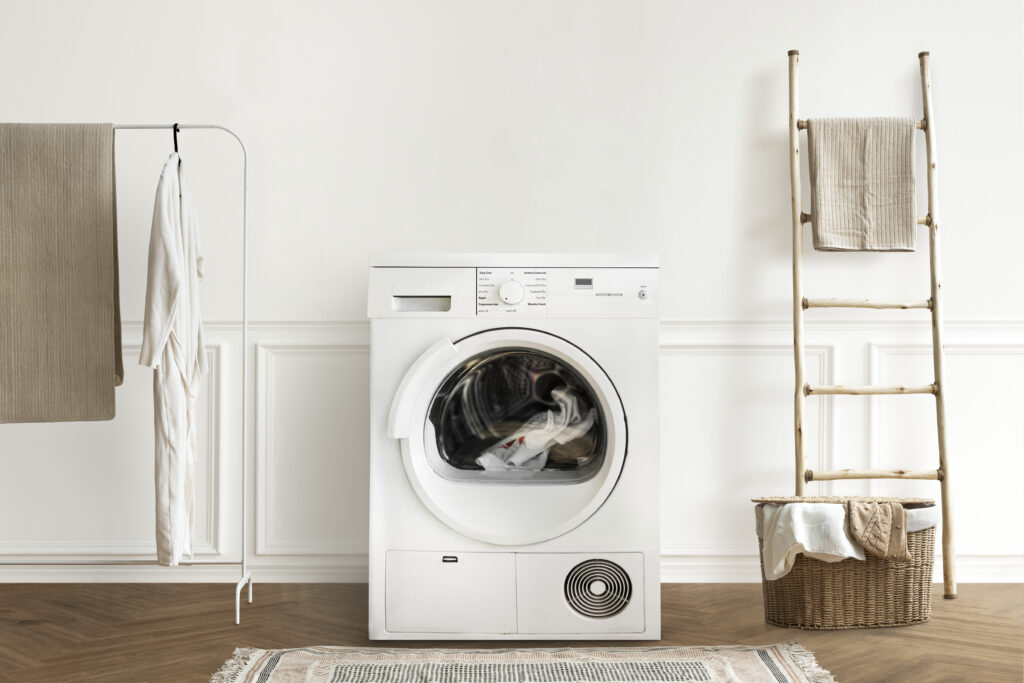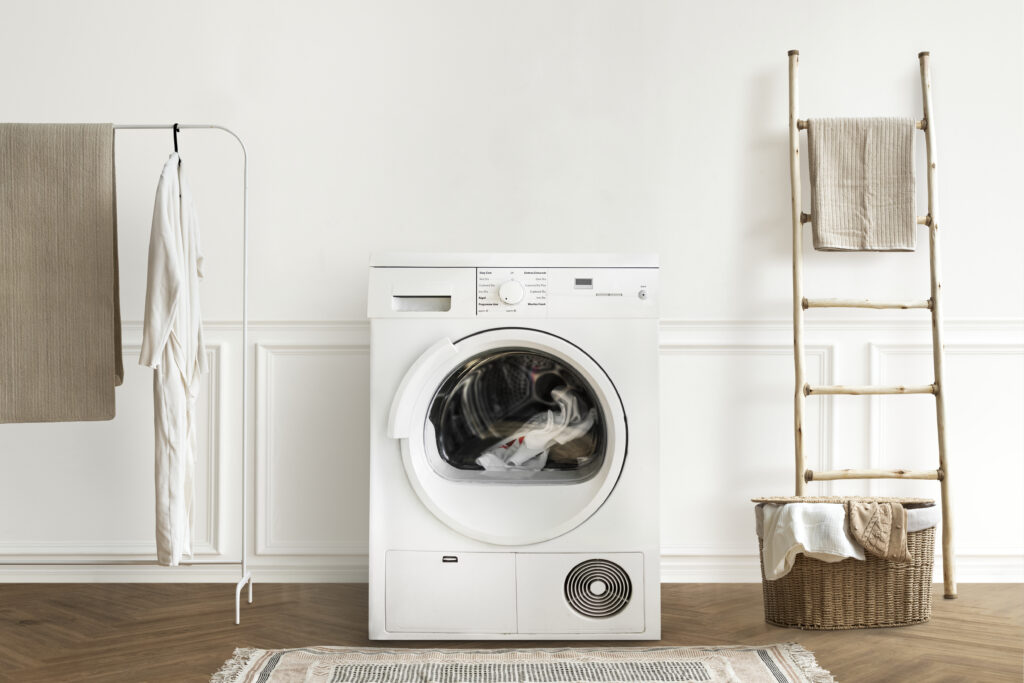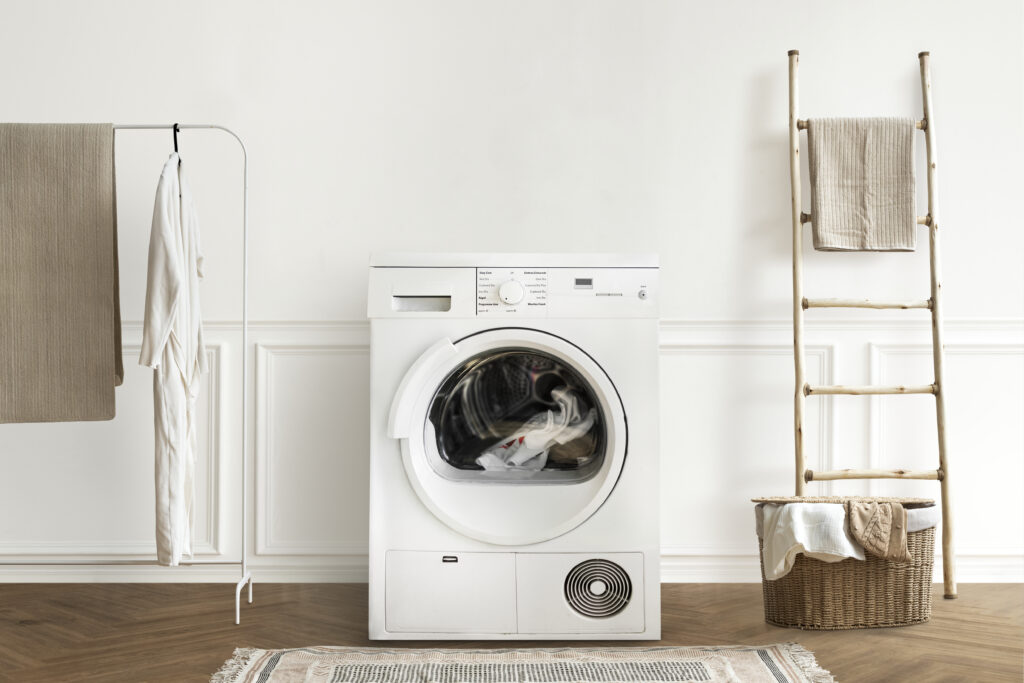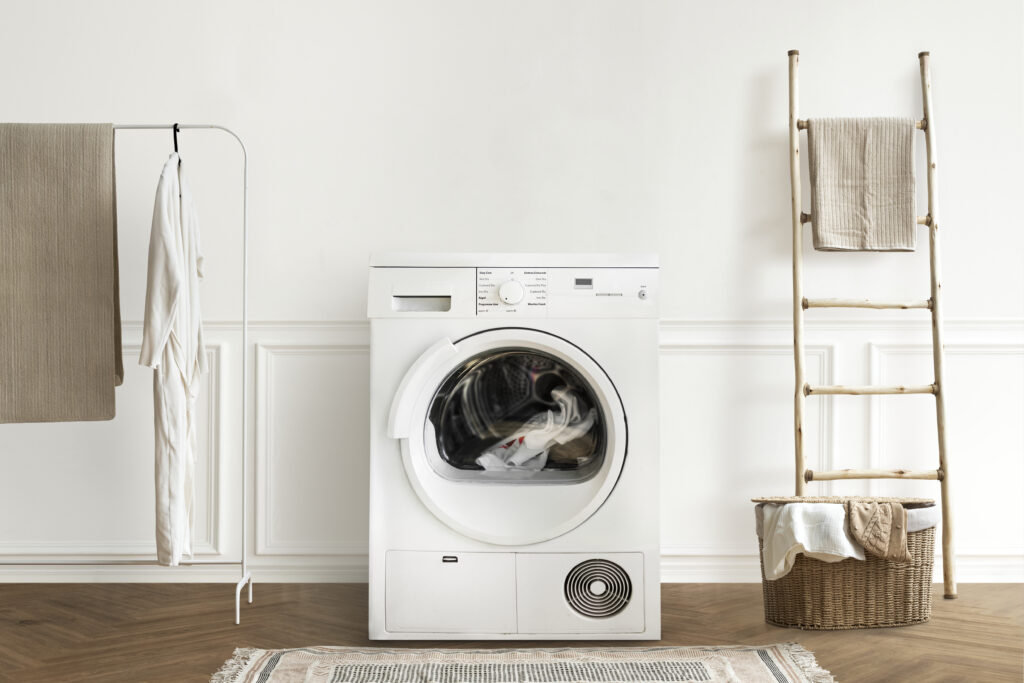Laundry day can become chaotic and stressful due to a washer drain pipe overflow. If water is leaking from the standpipe—the vertical pipe behind your washing machine—it indicates that there is a blockage, obstruction, or drainage problem in the system. If left untreated, it may result in water damage to adjacent appliances, walls, and floors.
This thorough 2025 USA homeowner’s guide will cover the following topics: why washer drain pipes overflow, what you need to fix it, a step-by-step do-it-yourself solution, how to avoid future issues, and when to hire a professional plumber.

Why Do Washer Drain Pipes Overflow?
Washer drain overflows are caused by a number of common issues. Understanding these will enable you to identify the problem and resolve it successfully
1. Clogged Drain Pipe
Water flow can be restricted and backups can occur when debris, lint, hair, and detergent scum accumulate inside the standpipe or household drain lines.
2. A kinked or improperly installed drain hose
Water flow may be disrupted if the drain hose on your washer is kinked, pushed too far into the standpipe, or not installed at the proper height.
3. Too Small of a Drain Pipe
The high-efficiency washers of today drain more quickly than the plumbing systems of the past. Rapid drainage might not be possible with a standpipe that is too small or antiquated.
4. Main Sewer Line Blocked
Your main sewer line may be the source of the problem if other drains in your house are also slow or backing up.
5. Overload Suds
Too much detergent produces too many suds, which can clog pipes and slow draining, especially when non-HE detergent is used in HE machines.
Indications That Your Washer Drain Pipe Is Overflowing
Water dripping from the standpipe’s top
Gurgling noises during the draining process
Slow water flow
Your washing machine is surrounded by water.
Bad odors coming from the drain
It’s time to take quick action if you observe any of these.
The Equipment and Materials You’ll Need
Prior to beginning the repair, collect these essential plumbing supplies:
A bucket and some towels
pliers or an adjustable wrench
Drain snake (motorized or manual)
A pipe brush
Warm water
Baking soda and white vinegar are optional for clearing buildup.
Hose clips or zip ties
A flashlight

How to Resolve a Washer Drain Pipe Overflow: A Comprehensive Guide
To clear your washer drain pipe and prevent overflows, adhere to these dependable instructions.
1.Switch off the washing machine
To stop additional water from flooding, stop the washer right away. For safety, unplug the device.
2.Take out the drain hose
Remove the washer’s drain hose from the standpipe with caution. Prepare a bucket and towels in case there is any standing water.
3.Check the Drain Hose
Examine the hose for:
Sharp bends or kinks
Lint or debris accumulation within the hose
If clogged, clear it with a flexible brush or flush it with hot water.
4.The Snake Standpipe
Clear the standpipe using a powered or manual drain snake:
Put the snake inside the standpipe.
To force it through obstructions, turn the handle.
To get rid of debris, periodically pull the snake out.
Continue until the snake can pass freely through the pipe.
Pro Tip: To remove any leftover debris, run hot water through the standpipe afterwards.
5.Use vinegar and baking soda to clean (optional)
For small blockages or smell problems:
Fill the standpipe with half a cup of baking soda.
Add one cup of white vinegar after that.
Give it ten to fifteen minutes to fizz.
Use a gallon of hot water to flush.

6.Reattach the drain hose
Verify that the drain hose is firmly inserted 6 to 8 inches into the standpipe.
According to your washer’s handbook, the standpipe’s top should be 18 to 30 inches off the ground.
To avoid siphoning or airlock issues, steer clear of deep insertion.
To keep the hose from slipping out, fasten it with a clamp or zip tie.
7.Check the Drainage
Use just water for a quick rinse and spin cycle. Keep an eye on the standpipe to make sure there isn’t any overflow. It might be a more serious plumbing issue if the problem continues.
How to Prevent Washer Drain Pipe Overflow
To prevent future drainage issues, adopt these wise laundry practices:
In HE washers, use HE detergent
Ordinary detergent causes too much suds, which clogs pipes. Use high-efficiency (HE) detergent and take the recommended dosage as directed by the manufacturer.
Washer drain filter cleaning
To catch lint and debris, clean the accessible drain filter trap on certain washers every three to six months.
Make use of a drain hose lint trap
Connect a mesh lint trap, either reusable or disposable, to the end of the drain hose of your washing machine.
Examine Drain Hoses Frequently
At least twice a year, check for damage, leaks, or kinks.
Every year, clean the standpipe
To avoid clogs, flush your standpipe with hot water and baking soda every six to twelve months.

When to Hire a Qualified Plumber
If
Even after snaking the drain, water still overflows.
Other drains in the house are sluggish or backing up.
You detect the smell of sewage.
There may be a blockage in your main sewer line.
Depending on location and severity, the average cost of drain cleaning services in the USA ranges from $150 to $350.
Larger problems like burst pipes or expensive water damage are avoided with professional assistance.
In conclusion
Most American homeowners can handle a washer drain pipe overflow if they catch it early. You can swiftly resolve the issue by being aware of the causes, which range from clogs and incorrect hose placement to old plumbing, and by employing the appropriate instruments and methods.
Your laundry area stays dry, clean, and hassle-free with HE detergent, lint traps, and routine drain maintenance. And don’t be afraid to hire a professional to safeguard your house if issues continue.